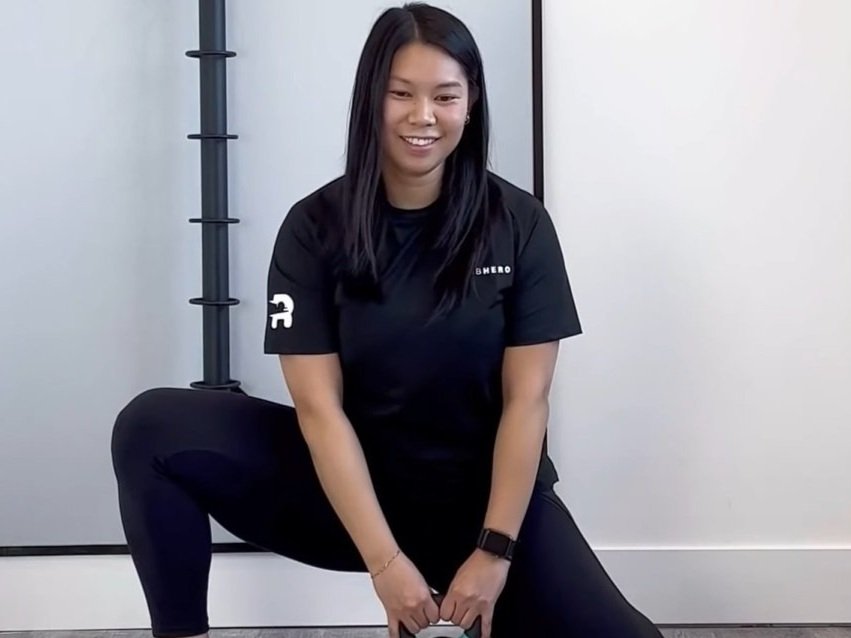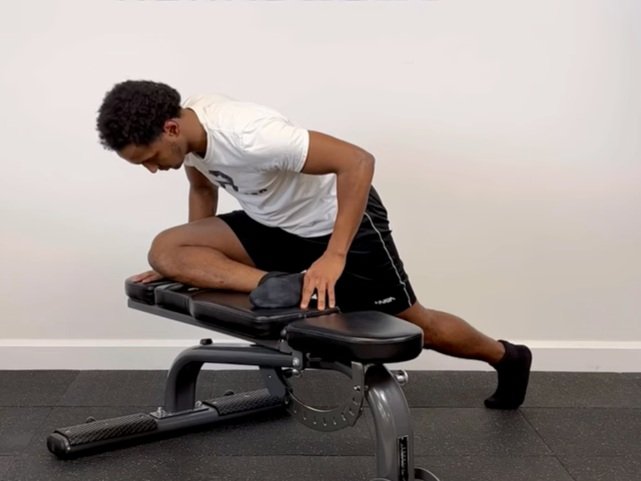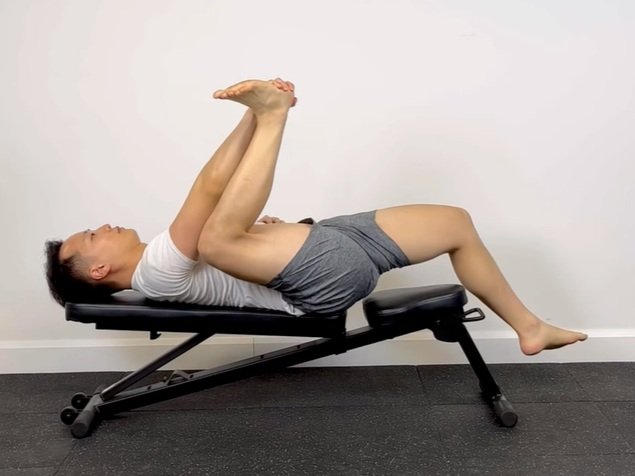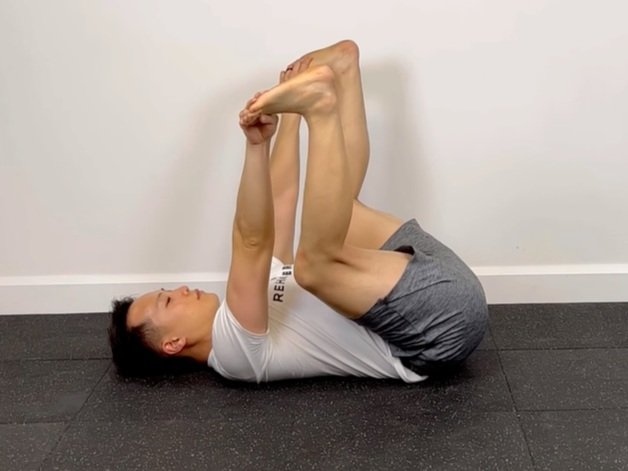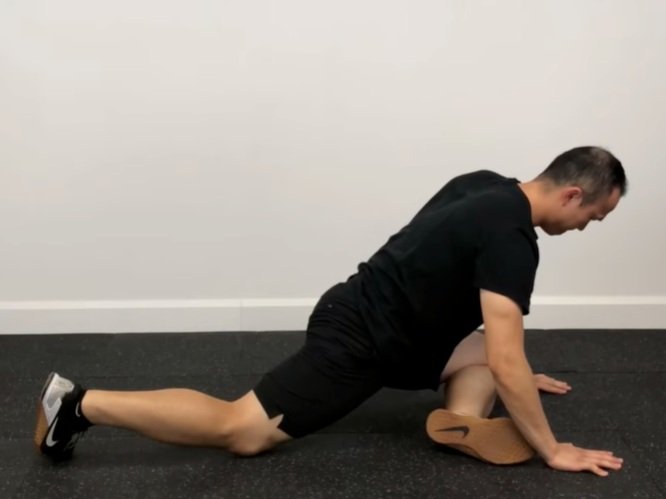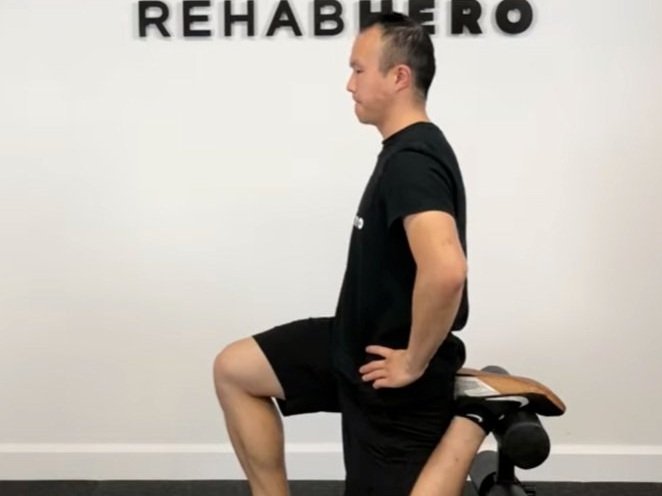What is cupping therapy?
What are the benefits to cupping therapy?
Learn about this adjunct therapy and how it can help you feel better.
General Information
Cupping therapy is an ancient treatment method that dates back to 400 BC and has been recently re-discovered as an adjunct therapy to treat a range of musculoskeletal conditions. Traditionally it has been used to take a holistic approach for a wide range of conditions and diseases. There are many different types of cupping, but the main types are dry cupping and wet cupping. Dry cupping uses negative pressure to cause suction that will pull the skin into the cup, while wet cupping lacerates the skin to draw blood out into the cup. Of these two types of cupping, dry cupping has been adopted for it’s benefits in physiotherapy clinics in Toronto.
Dry cupping has been re-emerging in popularity with it’s appearance on Olympic athletes. The focus of it’s use in Western medicine is for biomedical causes of pain. Many mechanisms of action have been proposed to explain the benefits of cupping but further research is still required. Due to research limitations, cupping therapy may be used secondarily to research-proven treatments such as myofascial massage.
Cupping therapy technique
Cupping may be static or involve the use of quick, vigorous, rhythmic strokes to stimulate muscles to treat pain and aches. Each cupping session can take 5 to 20 minutes depending on the number of areas treated. Depending on the type of technique used there are up to 3 steps to dry cupping technique:
STEP 1: Primary suction is used by placing glass, plastic or silicone a cup onto the skin. Fire, electrical or manual suction may then be applied to the cup to create a vacuum that will pull the skin into the cup. This cup is left for 3-5 minutes.
STEP 2: Rhythmical strokes following fascial lines or muscle bellies may be applied manually by the treating clinician to target multiple tender spots. Anywhere between 3-10 strokes my be applied by the therapist.
STEP 3: Cup removal is completed by releasing the vacuum seal of the cup on the skin. Removal of the cup may also reveal a topical bruise local to where the cup was applied.
Wet cupping has additional steps that apply but are beyond the scope of this blog post as it is only used by traditional practitioners and not by Western medicine clinicians.
Benefits of dry cupping
Dry cupping can cause increased comfort and relaxation, and decreased pain. This may occur as a result of endogenous hormone release that help the brain to improve pain control. Cupping may also improve local blood circulation to targeted tissues through improved microcirculation, capillary endothelial cell repair, accelerated angiogenesis, and accelerated granulation. Local vasodilation may also cause an increase in parasympathetic nervous system activity which may explain the relaxation of muscles following treatment.
In addition to pain reduction, dry cupping can also improve range of motion immediately after treatment. One study found that it immediately improved ankle dorsiflexion range of motion following the treatment of the gastrocnemius muscle. In this regard, cupping therapy may be used to cause temporary increase in mobility, which can then be reinforced with exercise for long term results.
Mechanisms for pain reduction
Several explanations have been proposed for it’s benefit for pain reduction including Pain-Gate Therapy, Diffuse Noxious Inhibitory Controls, and Reflex Zone Theory. The resulting muscle relaxation can be explained by increased blood circulation as it relates to the Nitric Oxide Theory.
Who can do dry cupping?
You can visit trained physiotherapist, massage therapists, or chiropractors for this adjunct therapy. You can receive this treatment at Rehab Hero upon request. To visit us in Markham click the button below:
Is it safe?
Dry cupping is considered to be generally safe and non-invasive. Some side effects you may have include:
Bruising (may last up to 10 days)
Discomfort
Skin infection (if the cups are not sterilized between patients, applies to wet cupping more than dry cupping)
Limitations in research
The main limitation for high quality research to support the efficacy of dry cupping as the main form of therapy for biomechanical injuries is the inability to create a reliable and valid placebo. Due to the bruising nature and suction sensation of cupping, it is difficult to create a strong randomized control study.
Another research limitation is the inconsistent use of treatment procedures in the literature. This limitation is due to the many variations in cupping therapy.
Written By:
Dr. David Song, Chiropractor, Acupuncture provider, Rehab coach
References
Al-Bedah AMN, Elsubai IS, Qureshi NA, Aboushanab TS, Ali GIM, El-Olemy AT, Khalil AAH, Khalil MKM, Alqaed MS. The medical perspective of cupping therapy: Effects and mechanisms of action. J Tradit Complement Med. 2018 Apr 30;9(2):90-97. doi: 10.1016/j.jtcme.2018.03.003. PMID: 30963043; PMCID: PMC6435947.
Hammons D, McCullough M. The Effect of Dry Cupping on Gastrocnemius Muscle Stiffness, Range of Motion and Pain Perception After Delayed Onset Muscle Soreness. Altern Ther Health Med. 2021 Nov 30:AT6903. Epub ahead of print. PMID: 34847072.













